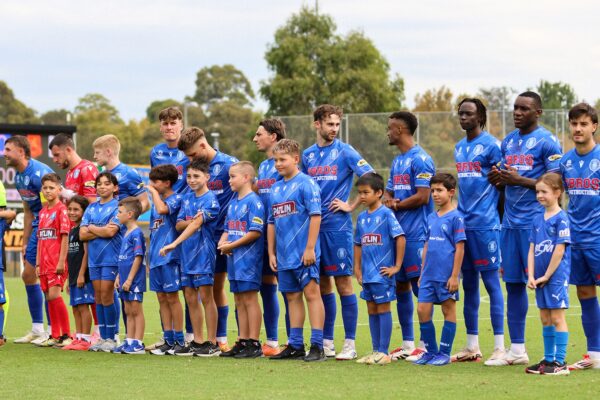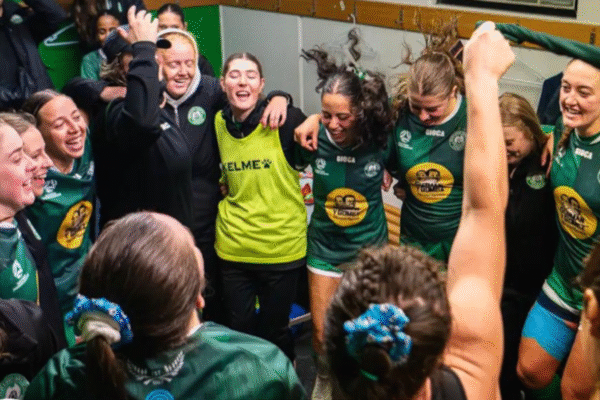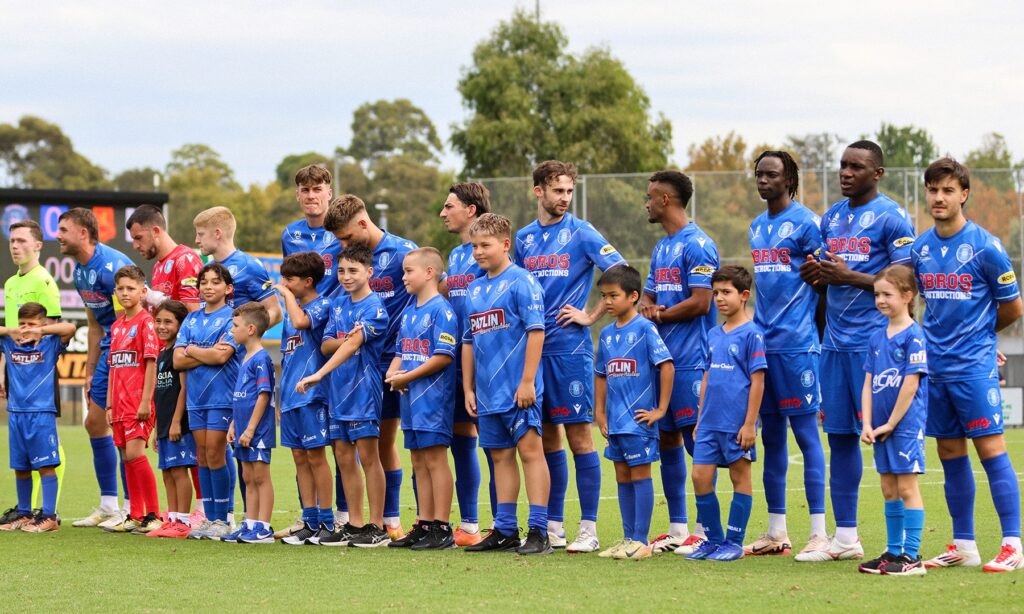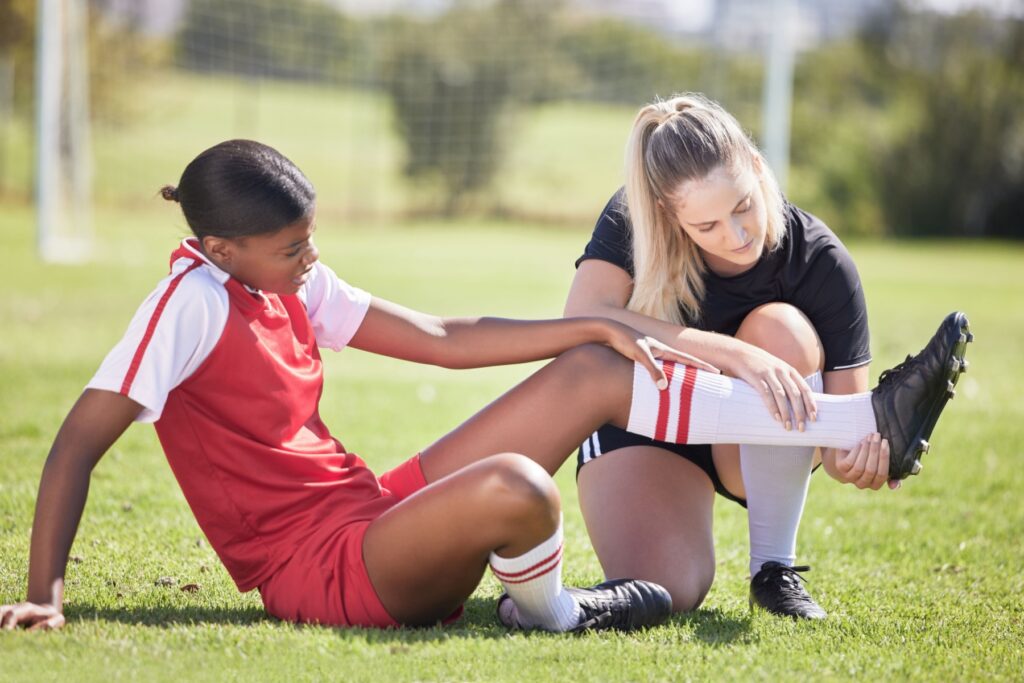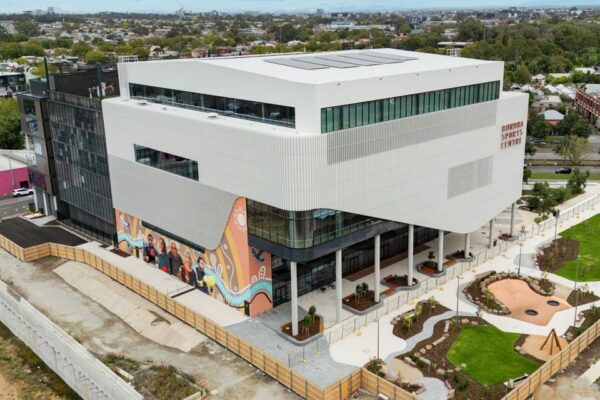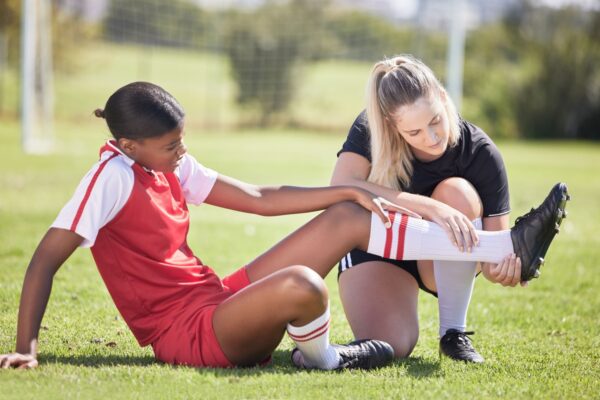
Football Australia confirmed the launch of the Australian Championship competition in October 2024, but with the commencement of the competition now fast approaching in October 2025, what does this really mean for the industry?
There’s been lots of discourse amongst soccer fans about how beneficial the Australian Championship will be to Australian soccer. One side of the argument has fans saying that it could be exactly what’s needed to fix the Australian Soccer League system. On the other hand, there are others who are negative about the change, as well as people saying there are greater problems in the game to solve first.
Football Australia has stated that the aim of the Australian Championship is to showcase the best of football in the country in a sustainable and manageable way.
The Australian Championship format includes five key features; Commitment to Play, New Competition Structure, Team Composition, Season Timeline, and Brand Launch.
The introduction of the Australian Championship in Australian soccer represents a significant step forward for the game, offering both opportunities and challenges. On the positive side, it creates a more defined pathway between grassroots and elite football, allowing ambitious clubs outside the A-League to test themselves in a competitive, national environment.
For players, it opens up more professional opportunities and provides a higher standard of competition that bridges the gap between state leagues and the top flight. For clubs, particularly those with long histories and strong community ties, the Australian Championship offers a chance to re-establish themselves on the national stage, reignite old rivalries, and reconnect with supporters who may have felt alienated during the A-League era.
In the broader picture, the competition has the potential to strengthen football’s presence in Australia by spreading professional-level matches across more cities and regions, generating fresh interest in the sport.
However, the Australian Championship also faces considerable challenges that could limit its success if not carefully managed. Financial sustainability can be considered as the biggest concern, as many clubs will need to invest heavily in facilities, infrastructure, and travel to meet the demands of a national competition. Australia’s geography makes travel costly and logistically difficult, raising questions about whether smaller clubs can cope without risking long-term financial strain.
There is also the issue of competitive balance, as some clubs may have the resources to thrive while others struggle, potentially leading to uneven contests. Without mechanisms such as promotion and relegation into the A-League, the Australian Championship could also risk being viewed as a standalone competition rather than a fully integrated part of the football pyramid.
Ultimately, the success of the Australian Championship will depend on careful planning, sustainable investment, and genuine support from both the governing bodies and football communities across the country.
Nick Galatas, a lawyer from Melbourne, and a self-proclaimed football lover, who also served as a board member at South Melbourne says that the National Second Tier “is about bridging the gap, the chasm,” which Galatas hopes will work “both on and off the field.”
He also believes that teams being relegated will be positive, as they will be “falling into a viable comp and they might actually benefit from a year or two there,” as well as expressing the ability that teams have to rebuild and re-enter the higher comp when they’re able.
“If you’re losing a bit in the top division, you drop down a bit, you create a bit of a winning culture again,” said Galatas.
Galatas said that everyone watching football now will likely continue to watch anyway, because at heart people are fans of clubs, not leagues. He also emphasised that people who are football fans would watch it due to it being part of the connection to the game, whether it’s one level of the game or another.
“It’s a game of football in Australia, and you’re watching it. You’re not sitting there saying, I’m watching a branded this competition or a branded that competition. You’re just watching football. And you’re understanding instinctively and inherently and culturally that it’s just, yes, it’s a division below at the moment. You might be in it next year. But right now, it’s just a division below.”
All in all, the Australian Championship will be a positive and necessary change in Australian football, even if it does carry some challenges. While issues like financial sustainability and travel remain concerns, the long term benefits will outweigh the potential risks.
Ultimately, the launch of the Australian Championship marks an important and exciting milestone in Australian football, and will help to improve the game in various ways.
It is an exciting time to be involved in football in the country, as the growth, identity and community engagement will bring the best out of the Australian Championship, a feature that has been overlooked for far too long in this country and to revive that is a necessity.




